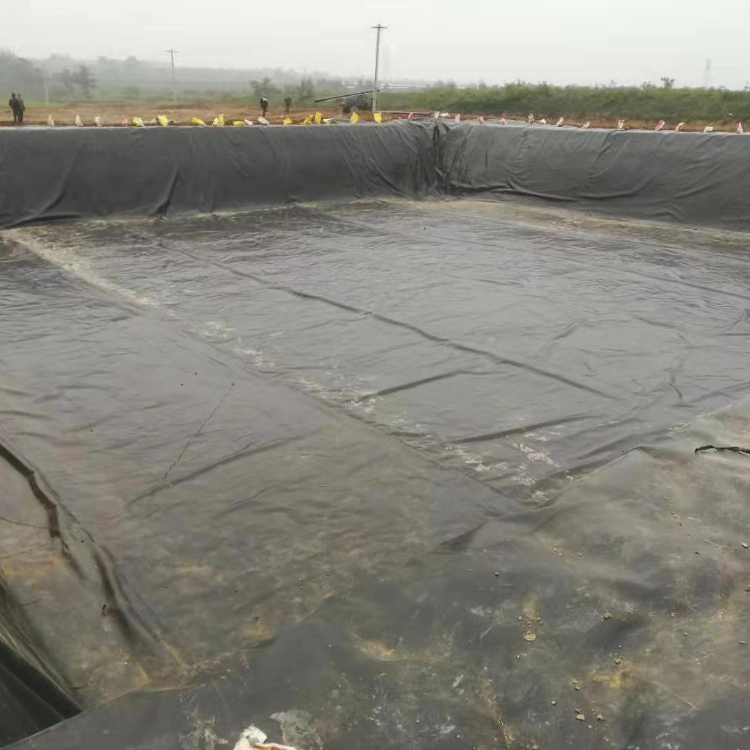

Laying geomembrane is an important part of the anti-seepage system, and the quality of the geomembrane itself and the welding construction quality directly affect the success or failure of the entire anti-seepage project. Geomembrane not only reduces the possibility of geomembrane damage, but also ensures the lifespan of landfill anti-seepage. What are the characteristics of geomembrane analysis testing: significant temperature effect, weak humidity sensitivity of polyolefin geomembranes, and different humidity sensitivity of other types of geomembranes with different moisture absorption functions. The time effect is significant - creep and relaxation, and the influence of deformation speed is significant.
Unrestricted geomembranes have high strain rates and large plastic zones, and as the degree of confinement increases, the strain rate decreases. Different forms of rough surface geomembrane, composite membrane, and reinforced geomembrane for restricted products. The test results exhibit polydispersity, with a greater degree of functional dispersion along the wide direction than along the production direction, but the overall degree of functional uniformity is higher than other geotechnical composition data. There are anisotropic properties, but the degree is lower than that of geotechnical composition data such as geogrids. The quality of stress cracking function mainly depends on the material resin.
In the canal anti-seepage and water-saving renovation project, the use of geomembrane as a anti-seepage material is becoming increasingly widespread. Compared to traditional anti-seepage methods, using geomembrane as the primary anti-seepage layer not only effectively satisfies the anti-seepage purpose of engineering projects, but also has good functions in water-saving repair and renovation reinforcement due to its convenient construction and data characteristics.
At that time, the primary effect of geomembrane engineering projects was to prevent leakage. Compared to other types of waterproof materials, geomembrane had good anti-seepage function, and its own impermeability was an important effect. The use of geomembrane as an anti-seepage technology is less commonly used in the southern region, but it has been widely adopted in the northern region. With the continuous innovation of geomembrane product technology, more and more application scenarios have been applied, such as landfills, tailings dams, aquaculture, brine evaporation ponds, drinking reservoirs, etc.
